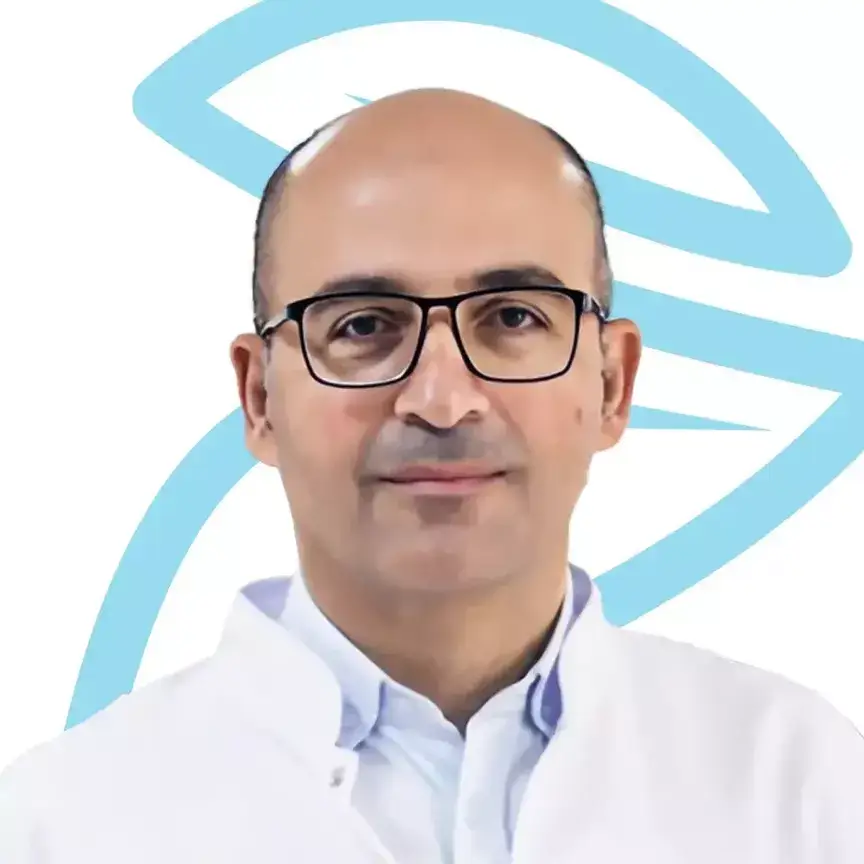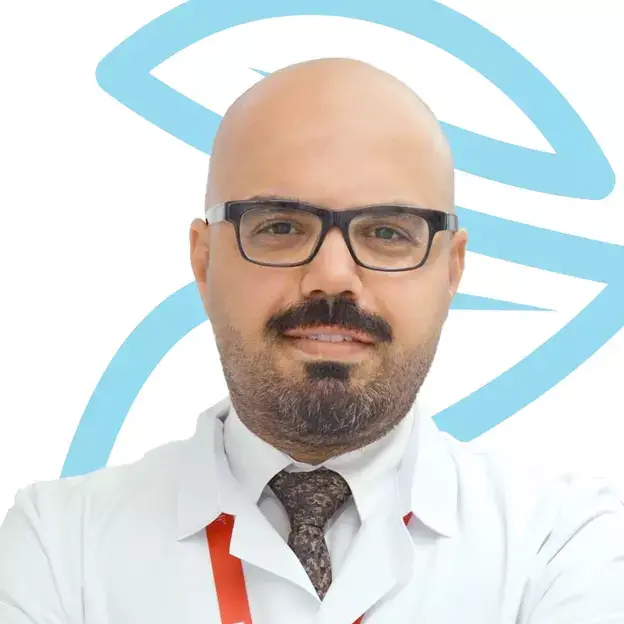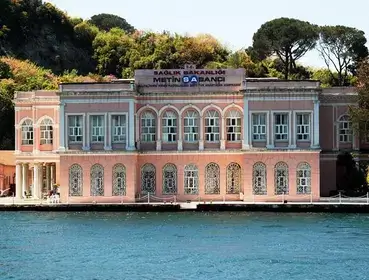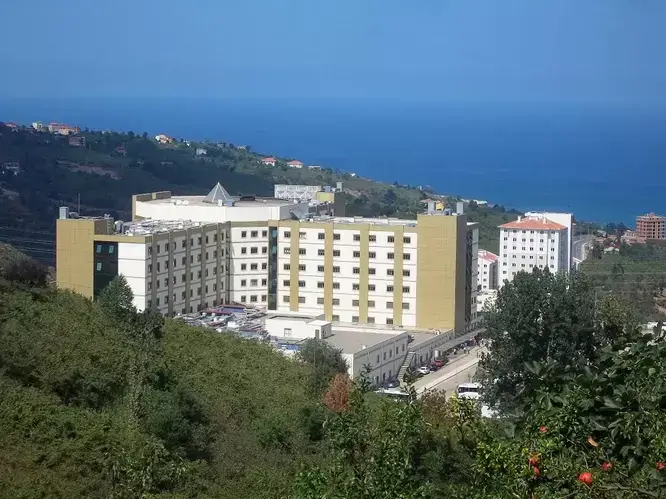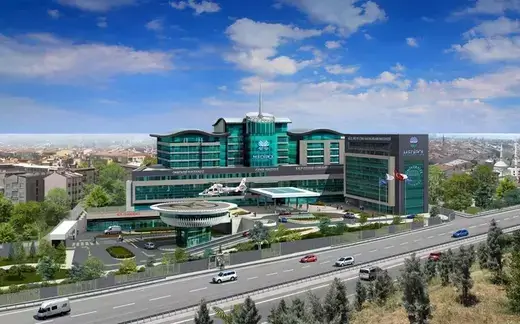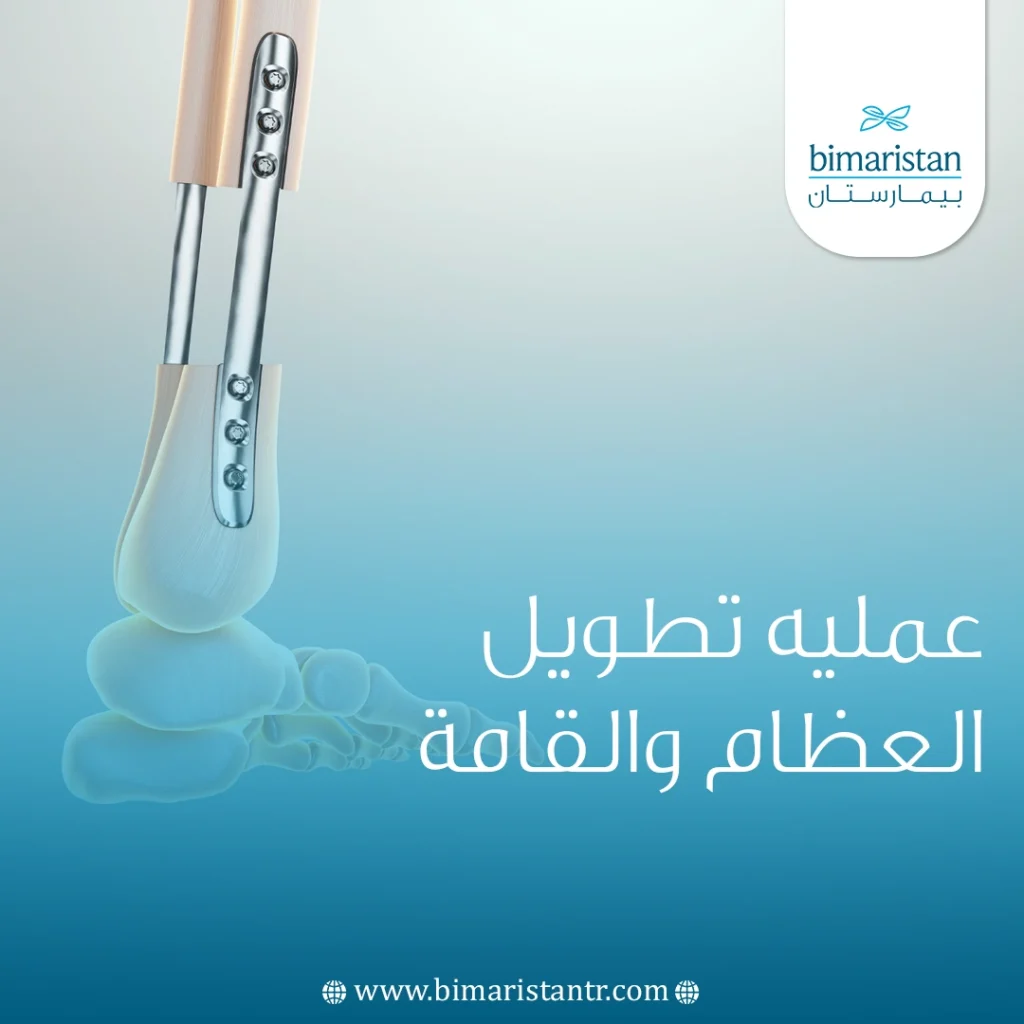عملية تطويل العظام في تركيا تتم لأسباب علاجية في معظم الحالات لكن شاع في الآونة الاخيرة اجراء العملية لأسباب جمالية حيث تجرى بأقل التكاليف وأحدث التقنيات.
لمحة عن عملية تطويل العظام
تعتمد عملية تطويل العظام بشكل أساسي على القدرة الترميمية الذاتية للعظم ففي حال حدوث كسر عظمي يقوم العظم بترميم نفسه مع مرور الوقت، ذات الأمر يحدث بالنسبة للأوعية الدموية والنسيج الرخو وبالتالي قام الأطباء بتوظيف هذه الخاصية لتطوير عملية لتطويل العظام.
في عام 1950 اخترع الطبيب الروسي غافريل ايليزاروف جهاز مثبت خارجي (جهاز ليزاروف) أحدث هذا الاختراع نقلة نوعية في مجال عمليات تطويل العظام وما يزال يستخدم إلى الأن.
تم تطوير تقنيات جديدة في مجال عمليات تطويل القامة كأجهزة التثبيت الداخلي سنتحدث عنهم في مقالنا.

أطوار عملية تطويل العظام والقامة
تختلف جراحات تطويل العظام باختلاف الأجهزة المستعملة لكن يوجد مراحل أساسية موجودة بكل التقنيات وهي:
- مرحلة كسر العظم: يقوم الطبيب بكسر العظم جراحياً.
- مرحلة الإطالة (التفريق): يتم في هذه المرحلة بواسطة الجهاز المستعمل (داخلي أو خارجي) تثبيت الجهاز إلى العظم ثم يتم سحب طرفي العظم المكسور بشكل تدريجي حيث يتم إطالة طرفي العظم المكسور بشكل تدريجي بحدود 1 ملليمتر يومياً فيتشكل عظم جديد بهذا المكان.
- مرحلة التكثف (الصلابة): في هذه المرحلة يحصل تكثف وازدياد صلابة العظم الجديد.
لمن تجرى عملية تطويل العظام؟
قام الطبيب الروسي ايليزاروف آنذاك باخترع جهاز التثبيت الخارجي لتصحيح العيوب الخلقية وتشوهات الأطراف كوجود اختلاف في طول الساقين (ساق أقصر من الأخرى) حيث تهدف العملية إلى تصحيح التناقض للوقاية من مشاكل العمود الفقري والركبة والورك والتي تنتج من المشي على ساقين مختلفتي الطول.
تجرى أيضاً العملية للمرضى ذوي البنية القصيرة المصابين بالقزامة، وفي الوقت الحالي أصبحت تستخدم العملية لأغراض تجميلية عند الأصحاء بهدف تطويل القامة.
أنواع عمليات تطويل العظام والقامة
يوجد عدة تقنيات يتم من خلالها إجراء جراحة تطويل القامة منها ما يتم عبر استخدام أجهزة خارجية تحيط بجلد الشخص ومنها ما يعتمد على استخدام مسامير داخلية توضع داخل العظم، فمن أهم الطرق المستخدمة في تطويل القامة ما يلي:
تقنية ايليزاروف
تقوم تقنية ايليزاروف على جهاز تثبيت خارجي دائري الشكل يتم تثبيته حول العظم بواسطة أسلاك معدنية، يمكن عبر هذه التقنية اجراء عمليات تطويل العظام وعلاج الكسور والتشوهات.
يتم تطبيق الجهاز على عظم الفخذ او الساق ويستطيع المريض المشي من اليوم التالي للجراحة باستخدام العكازات وذات تكلفة قليلة نسبياً.
من سلبياتها وجود خطر لحدوث إنتان مكان وضع الجهاز ويمكن ان تكون هذه التقنية غير مريحة للمريض بسبب كبر حجم الجهاز وقد يترك آثار مكان الاسلاك المتصلة بالجلد للتطويل.
تقنية هوليفكس
عبارة عن جهاز خارجي أحادي الجانب يرتبط بالعظام بواسطة براغي تثبيت ويتميز هذا الجهاز بخفة وزنه لأنه مصنوع من مادة التيتانيوم بالتالي هو أخف وزناً من جهاز ايليزاروف.
يتميز عن ايليزاروف بأن احتمال انتقال الانتان أقل ومريح بشكل أكبر للمريض واحتمال ترك آثار على الجلد أقل من ايليزاروف.
من سلبياته طول فترة وضع الجهاز حيث لا يُزال الجهاز إلا بعد انتهاء مرحلة التكثف وتمعدن العظم.

تقنية لون
تعتبر هذه التقنية مزيج من جهاز خارجي يشبه جهاز الهوليفكس مسؤول عن التطويل ومسمار داخلي مسؤول عن التثبيت يوضع داخل العظم جراحياً.
من التقنيات الموثوقة شائعة الاستخدام، تتميز بإمكانية ازالة الجهاز الخارجي بشكل مبكر بعد انتهاء مرحلة التطويل عكس تقنية هوليفكس وايليزاروف التي يزال فيها الجهاز بعد مرحلة التكثف، لكن تكلفتها مرتفعة نسبياً.
تقنية برسايس 2
تعتمد هذه التقنية على مسمار داخلي فقط دون الحاجة لجهاز خارجي، يصنع المسمار من التيتانيوم ويتم زرعه داخل العظم جراحياً ويجري التحكم به عن طريق جهاز كهرومغناطيسي.
من ميزات هذه التقنية عدم وجود جهاز خارجي يزعج المريض ويمكن أن يبقى المسمار داخل العظم أي لا داعي لإزالة المسمار بعد انتهاء التطويل والتكثيف حيث تم هندسة المسمار ليتناسب مع العظم ولا يتعارض وجود المسمار مع الرنين المغناطيسي MRI.
سلبيات هذه الطريقة أن المريض يحتاج المريض لكرسي متحرك خلال مرحلة التطويل لعدم قدرة المسمار على تحمل وزن الجسم.
تقنية سترايد
تقنية متقدمة في علم جراحة العظام وهي نسخة مطورة من برسايس 2 تعتمد أيضاً على مسمار داخلي فقط دون الحاجة لجهاز خارجي.
يكون المسمار هنا مصنوع من الفولاذ المقوى وبالتالي لا يضطر المريض لاستعمال الكرسي المتحرك، أي إن المسمار يستطيع حمل وزن الجسم، لكن تكلفتها مرتفعة للغاية.

قبل عملية تطويل العظام والقامة
قبل ترشيح المريض لعملية التطويل ينبغي أن يقوم طبيب الجراحة العظمية بعمل تقييم شامل لحالة المريض فمن الممكن أن يكون التناقض في طول الأطراف عائد لمشكلة طبية مختلفة تماماً لا يعلمها المريض كالجنف او تشوه في عظم الورك ومن الممكن أن يكون لدى المريض تصور خاطئ عن الاختلاف في طول أطرافه.
في الواقع يجب أيضاً أن يكون المريض مدركاً تماماً لطبيعة العمل الجراحي ويكون متحفز له بحيث أن فترة التعافي من العمل طويلة نوعاً ما ويحتاج المريض لعلاج فيزيائي مستمر لفترة أشهر ومن الممكن أن يظل لفترة على عكازات لذلك يجب التأكد أن المريض متحفز ومستعد لخوض هذه العملية.
في بعض الحالات عند الأطفال الذين لديهم قصر عظم بالنسبة للعظم المجاور يمكن ان تجرى اعادة للعملية بعد فترة لأنه اثناء نمو الطفل يمكن ان يزداد التناقض في طول الطرفين حيث ان تناقض مقداره 2 سم يمكن أن يزداد لتناقض مقداره 3 سم أثناء نمو الطفل بسبب وجود مشكلة في لويحات النمو (growth plate) في احدى الطرفين (مسؤولة عن نمو العظم).
التعافي بعد عملية تطويل العظام
في الحقيقة تختلف فترة التعافي من مريض لآخر حيث أن فترة التكثف قد تستغرق وقت طويل لكي يأخذ العظم الجديد شكله وصلابته.
وكقاعدة عامة يحتاج الطفل نصف فترة التعافي التي يحتاجها البالغ حيث أن الاطفال لديهم قدرة على تجديد العظام بشكل أفضل من قدرة البالغين.
وتعتمد أيضاً مدة التعافي على الطول المراد اضافته للعظم فكلما ازداد الطول المراد اضافته ازداد الوقت اللازم للتعافي.
يلعب العلاج الفيزيائي دور هام جداً في تسريع التعافي حيث يساعد العلاج الفيزيائي العضلات على التمدد ويساعد في الحفاظ على مرونة المفاصل.
يُنصح المرضى الذين خضعوا لهذه العملية بأخذ مكملات غذائية تحوي على الكالسيوم فهم بحاجة لتسريع عملية الالتئام وتصلب وبناء العظم الجديد.
يُمنع المريض من التدخين في فترة التعافي لأن التدخين يبطئ آلية التكثف واكتساب العظام الجديدة الملتئمة الصلابة الكافية.
نتائج عملية تطويل العظام
غالباً تبلغ درجة تطويل العظم الواحد وبالتحديد عظمة الفخذ حوالي 5 إلى 8 سنتيمتر وإنً تطويل العظم أكثر من ذلك قد يترافق مع نسبة أعلى من الاختلاطات، لكن في حال رغبة المريض على كسب المزيد من السنتيمترات يمكن بعد فترة سنة تقريباً إجراء جراحة أخرى لتطويل عظام الساق (الظنبوب) وزيادة 5 إلى 8 سم إضافية فيكون قد كسب المريض 15 سم تضاف لطول قامته.
يمكن في بعض الحالات أن يقوم الطبيب بإجراء عملية لتطويل عظمي الفخذ والساق بآن واحد لكن تحمل هذه الجراحة صعوبة للمريض وتعافي أصعب واحتمال حدوث المضاعفات يكون أكبر.
تجربتي مع عملية زيادة الطول
يروي “دون دايفز” تجربته مع عملية زيادة الطول وكيف كان لها تأثير كبير على حياته فيقول:
“ما زلت اذكر أول سباق جري قمت بالمشاركة به في نيويورك وكنت اجد متعة كبيرة بممارسة رياضة الجري والسباحة وركوب الدراجات، في عام 2011 تعرضت لحادث دراجة قاسي أثناء مشاركتي ببطولة ترياتلون مما أدى إلى إصابتي بكسر في عظم الفخذ، قام الطبيب في المستشفى بعلاج كسر العظم لكن الكسر لم يشفى جيداً مع مرور الزمن حتى أنني فقدت إنش من طول عظم الفخذ.
لقد كانت الرياضة جزء كبير من حياتي فقمت باللجوء لأحد الأطباء الذي نصحني بعملية تطويل العظام ولحسن العظم جرت العملية بشكل جيد جداً وزال الاختلاف في الطول بين الطرفين وما زلت استطيع الجري وممارسة الرياضة حتى هذه اللحظة.”
مخاطر عملية تطويل العظام والقامة
قد تترافق جراحة تطويل العظام ببعض الاختلاطات نذكر منها:
- انتان (مكان وضع الجهاز الخارجي)
- التأخر في شفاء العظم (إعادة الترميم)
- الندوب مكان تثبيت الجهاز
- أذية عصب أو وعاء دموي
- عدم نمو عظم جديد مكان الكسر
يمكن عبر التخطيط الجيد والتعاون بين الطبيب والمريض تجنب الاختلاطات ما أمكن ولا ننسى دور المريض في مرحلة التعافي والتي تشمل العلاج الفيزيائي.
تكلفة عملية زيادة الطول في تركيا
في الحقيقة تختلف تكلفة العملية حسب التقنية والجهاز المستخدم في العملية حيث إن تقنية اليزاروف هي التقنية الأقدم والأقل تكلفة بينما تقنية سترايد الحديثة هي الأكثر تكلفة.
تبدأ تكلفة عملية اليزاروف لتطويل القامة في تركيا من 17 ألف دولار أمريكي، بينما تبدأ تكلفة عملية المسمار النخاعي (تقنية برسايس) لتطويل العظام في تركيا من سعر 35 ألف دولار، علماً أن سعر عملية زيادة الطول بالمثبت الداخلي يختلف بحسب نوع المادة المستخدمة.
وتأكد ان تركيا هي خيارك الأول والأفضل لإجراء عملية تطويل العظام ليس فقط لقلة التكلفة نسبياً بل لوجود عدة مراكز جراحية متطورة وكادر طبي متميز أجرى هذا النوع من العمليات الجراحية بنجاح بمعدل مرتفع.

